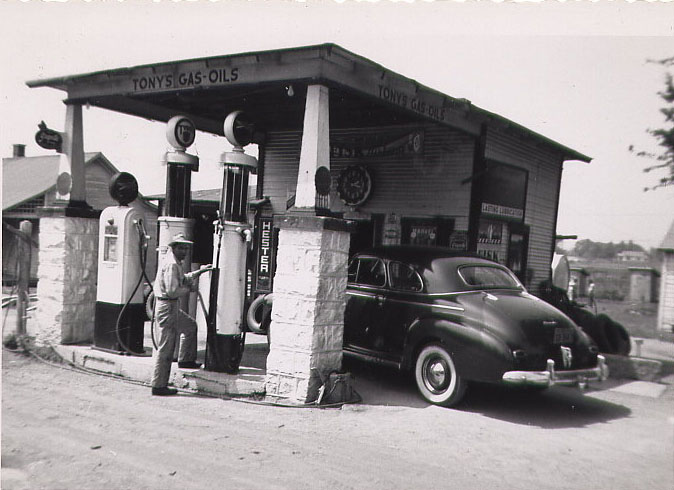Today’s tenuous transportation topic is tires. You probably know quite a lot about tires… there are at least 4 to the average car and really necessary for a number of reasons. Depending on your personal auto interest, and the older your car, the more you know. Tires by design and manufacture have greatly improved in the last 100 years.
Self-propelled vehicles began with traditional wagon or buggy wheels and most were hard rubber rimmed. I have never had such a vehicle personally… but there are several in the club. Some years ago Kip Mathews, sometimes VAE member, did and had tire trouble. The Amish came to his rescue I believe. This group still believes in hard rubber and they do great work. I did have a Model “T” once with hard rubber “tires” but that’s another story.
After riding on hard rubber for a fairly short time somebody invented pneumatic tires. There were a couple of experimental flexible wheels tried but the air filled tire won out. From early on there were 3 types of tire “beads” that would allow the tire to be attached to the rim – removable to repair the inner tube or to replace the tire itself.
The 3 types were: plain clincher, quick detachable clincher, and straight side. If you are a Ford, 490 Chevy or Overland person, you are familiar with the clincher rim and “Clincher tire”. The tire in cross section looks like a horseshoe with the ends bent back up. These bent up ends secure themselves in a rim permanently mounted to the wheel. This rim looks like the letter “C” lying on its back. You changed tires and repaired leaks with the one-piece rim/wheel right on the car. At least it was held steady.
In order to be mountable, the plain clincher tire was quite flexible and could be man handled onto and into the rim. The quick detachable clincher tires were hard, not flexible and were supposed to be a lot tougher. With luck they also mounted easier as the outer side of the clincher rim was bent so as to allow two lock rings to fit together to hold the outside tire bead after the tire was slid onto the rim.
The inner bead and rim stayed on as the plain clincher and now all you had to do was get the darn rings into place and quickly get some air into the assembly. If not properly seated, lock rings could (and would) blow off and inflect serious damage. Remember that tire pressure in the old days often ran to 80 pounds or more.
Straight sides came next… thank goodness. These tires looked pretty much like today’s with the tire bead forming just a regular horseshoe shape in cross section. Straight-sided tires needed to fit quite closely into a “U” shaped rim. By now rims were pretty much demountable… and collapsible. The split rim came off the car’s wheel and then folded in on itself to decrease the diameter and allow the straight-sided tire to be easily mounted.
With the tire in place you expanded the rim, which snapped together in a perfect circle – you hoped – and with air you were back in business. All this has passed, however, and today we enjoy the “drop center” rim, a straight-sided tire is started over the rim, which is now the entire wheel as well. The mounted edge falls into the valley of the rim allowing more tire to be available to be stretched over the other side of the rim.
This works great and for the last 75 years has been what we’ve used. More on tire sizes later… and that is another “tired” motoring moment from your old car club.











